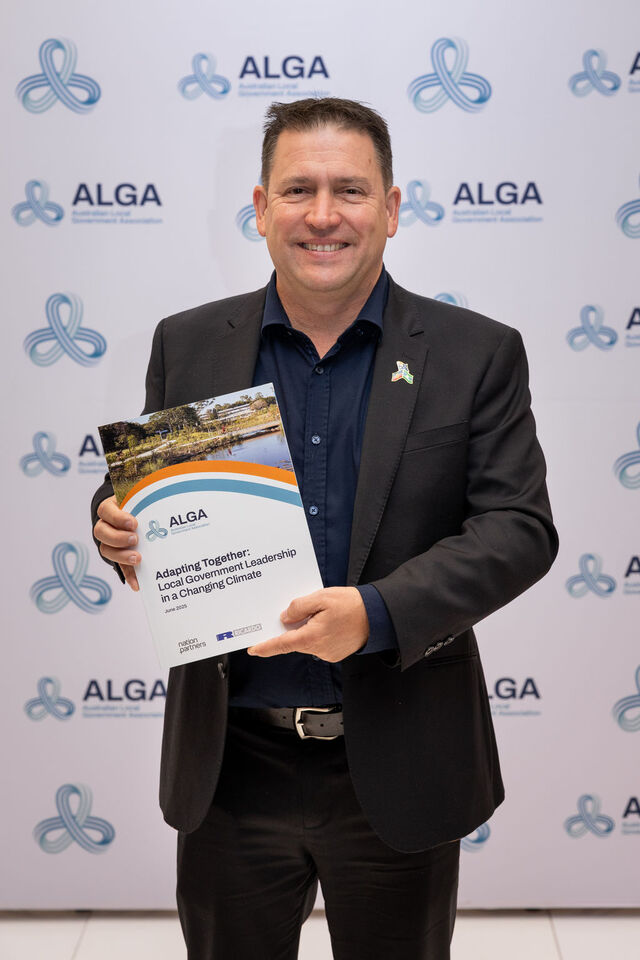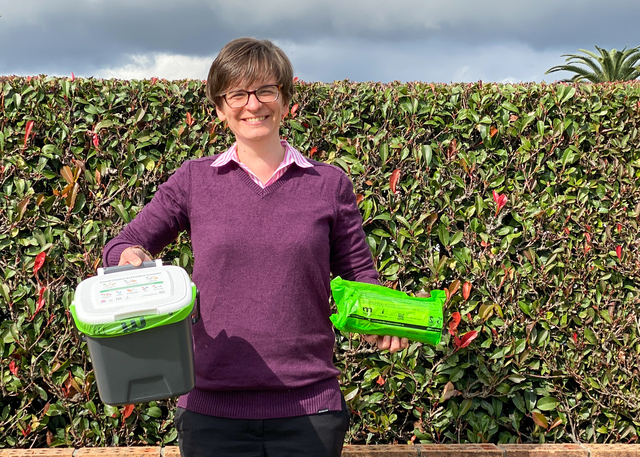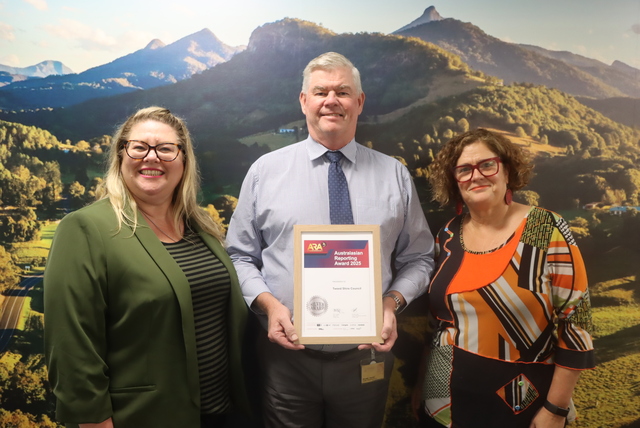By Rochelle Fernandez *
A sea change in attitude to energy efficiency is underway and a growing number of Local Government bodies are joining in this historic shift. Just a few years ago most organisations, public and private, considered concerns about energy use’s environmental impact as ‘something for the future’.
Five years ago, however, Bankstown City Council in Sydney’s western suburbs embraced the challenge to make its energy use more efficient. Bankstown has been actively involved in reducing greenhouse gas emissions through programs such as the Energy Smart Business Program (ESBP), introduced by the NSW Sustainable Energy Development Authority (SEDA).
Council worked with a SEDA nominated Partner Support Manager, AHA Energy Management, to identify and implement concrete actions to save energy and reduce greenhouse gas emissions. It has managed to save 15 per cent of its energy consumption over the past two years.
Bankstown made its impact on energy efficiency by focusing on its water heating, lighting and ventilation/air conditioning systems. Council’s aquatic centres have saved energy by introducing solar heating instead of a standard system. Revesby Aquatic Centre, for example, now uses a solar collector which captures 97 per cent of the sun’s radiation, coupled with a storage heat exchanger that provides a practical form of pool heating that is energy efficient.
Two thirds of the energy used by the pool has been saved by procuring the energy efficient option.
In its assault on energy use in lighting systems, Council has upgraded the systems in several of its administration offices, libraries and carparks. Voltage reduction units were introduced into the Central Library lighting network, cutting lighting energy by 30 per cent and also reducing the heat load on the air conditioning system. In addition, triphosphor lighting fittings have been installed, which have an increased life span of four years instead of the standard fluorescent tube’s 2.7 years. This has significantly reduced maintenance costs.
On the ventilation and air conditioning front, demand control ventilation has been implemented in Bankstown’s Town Hall car park. Carbon monoxide sensors detect the level of carbon monoxide emitted by cars and the ventilation fans respond to demand, reducing the operating hours of the fan. This is producing energy savings of $8,000 a year.
Bankstown’s Civic Tower has implemented several energy savings features in its air conditioning systems, including reducing the condenser water temperature, which will save over $4,000 a year. Building management systems are being introduced which provide a range of energy savings features including economy cycle, and optimised start-stop.
This commitment has resulted in Bankstown City Council winning a coveted Silver Award in the SEDA 2002 Energy Smart Green Globe Awards for implementing energy efficiency across 50 per cent of its operations, which means good energy efficiency and good financial management.
* Rochelle Fernandez is a graduate engineer with AHA Energy Management, a firm which specialises in the provision of energy management plans, through to detailed design and project management of building services projects.







